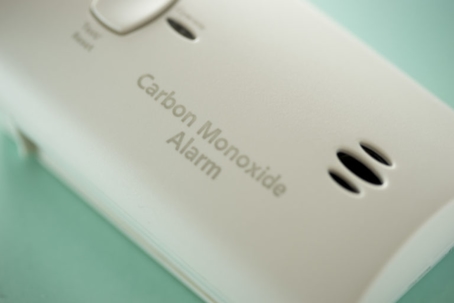There’s a reason carbon monoxide is often called “the silent killer.” It’s invisible and odorless, often affecting people far before they realize. Do we have you worried? Good — carbon monoxide poisoning is definitely something to be concerned about. What it comes down to is this — can you keep your home and family safe and detect carbon monoxide? Luckily, you can to an extent.
How to Detect Carbon Monoxide
Check High-Risk Areas
Since carbon monoxide is a gas, check areas around your home that could potentially suffer a gas leak or produce too much of this dangerous gas.
- Furnace systems
- Gas stoves
- Kerosene heaters
- Generators
- Unvented fireplaces
- Gas-fueled appliances
It’s important to make sure all these areas and units are well-ventilated to avoid having carbon monoxide seep into your home.
Know the Symptoms
While you won’t be able to physically tell carbon monoxide is present in your home, there are several health symptoms that can give you a clue.
- Chest tightness or shortness of breath
- Fatigue
- Nausea
- Confusion
- Dizziness
- Headaches
Since these symptoms are similar to that of the flu, it’s important to take note of when you experience them. If you feel better after leaving your home, but worse when you go home, you may have carbon monoxide present in your home.
Have a Working Carbon Monoxide Detectors
A major way you can detect carbon monoxide is by having well-working CO detectors around your home. They should be placed in high-risk areas and in every bedroom, and you should check their batteries and test them regularly to make sure they’re working properly.
Ace Solves It All offers carbon monoxide detectors as an important safety precaution to keeping your home safe. For more information or to schedule a service, give us a call at (407) 499-8006.

